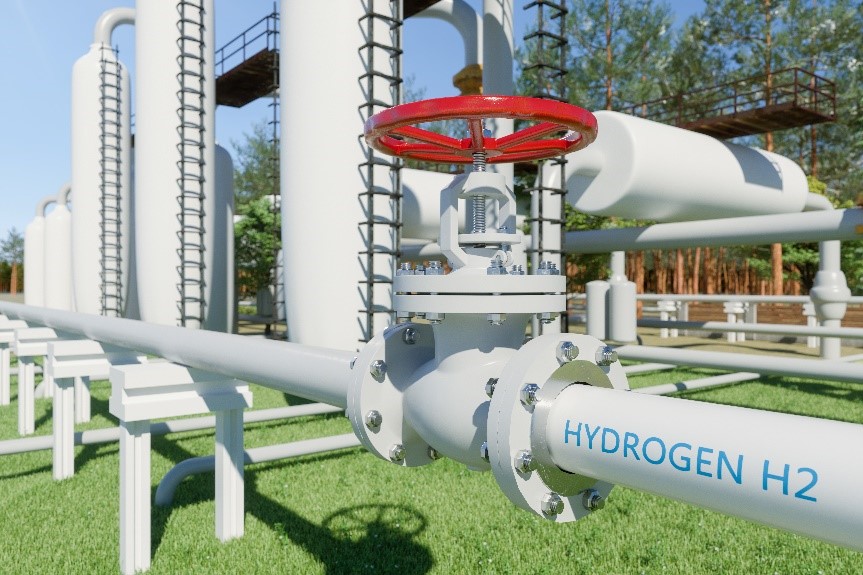FNREL Mineral and Energy Law Newsletter
Pennsylvania – Oil & Gas
(By Joseph Reinhart, Sean McGovern, Matthew Wood and Gina Falaschi)
On September 16, 2022, the U.S. Court of Appeals for the Third Circuit affirmed a district court ruling that Pennsylvania state legislators and municipalities lacked standing to challenge the Delaware River Basin Commission’s (DRBC) regulation banning hydraulic fracturing for natural gas within the basin. Yaw v. DRBC, 49 F.4th 302 (3d Cir. 2022), aff’g No. 2:21-cv-00119, 2021 WL 2400765 (E.D. Pa. June 11, 2021); see Vol. XXXVIII, No. 3 (2021) of this Newsletter. The court held that the appellants failed to meet the standing requirements of Article III of the U.S. Constitution because: (1) in the case of the state senator appellants, individual members of the state legislature lack standing to assert the interests of the legislature as a whole; and (2) in the case of the municipality appellants, their alleged injuries were “conjectural” or “hypothetical,” as opposed to “actual” or “imminent.” The court also held that none of the appellants had standing as trustees of Pennsylvania’s public natural resources under the Environmental Rights Amendment to the Pennsylvania Constitution because the DRBC’s ban has not cognizably harmed the trust.
The five-member DRBC is governed by a compact between the federal government and four states that draw water from the Delaware River: Pennsylvania, New Jersey, Delaware, and New York, represented by a member of the U.S. Army Corps of Engineers and each state’s governor, respectively. See Delaware River Basin Compact, Pub. L. No. 87-328, 75 Stat. 688. …
 to $50 million per year, or a total of $1 billion over a 20-year period.
to $50 million per year, or a total of $1 billion over a 20-year period.